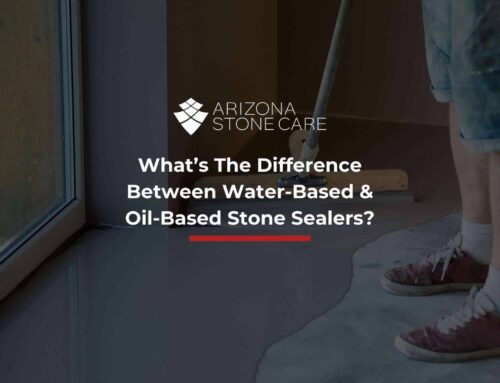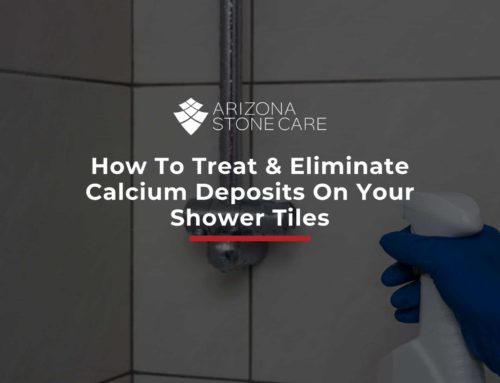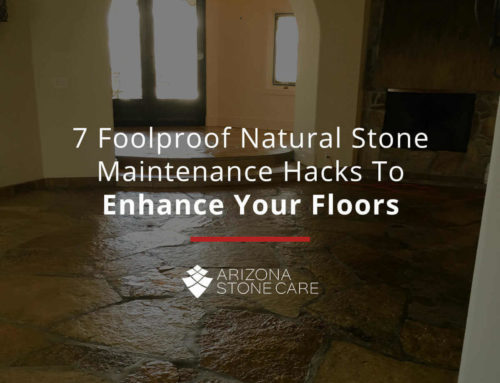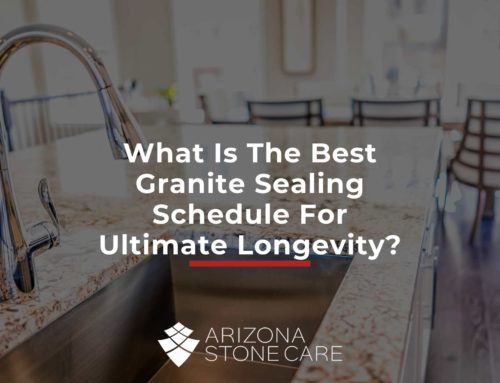Efflorescence Cleaning & Prevention For Stone Surfaces
Effective Tips For Beauty & Long-Lasting Surfaces
Efflorescence is a common issue that affects stone surfaces, creating an unsightly white, powdery residue. While it doesn’t cause structural damage, it can diminish the aesthetic appeal of natural stone, tile, and grout. Understanding what causes efflorescence, how to clean it effectively, and how to prevent it can help maintain the beauty and longevity of your surfaces.
In this guide, you’ll learn about the causes of efflorescence, effective cleaning methods, and the best strategies to prevent its return.
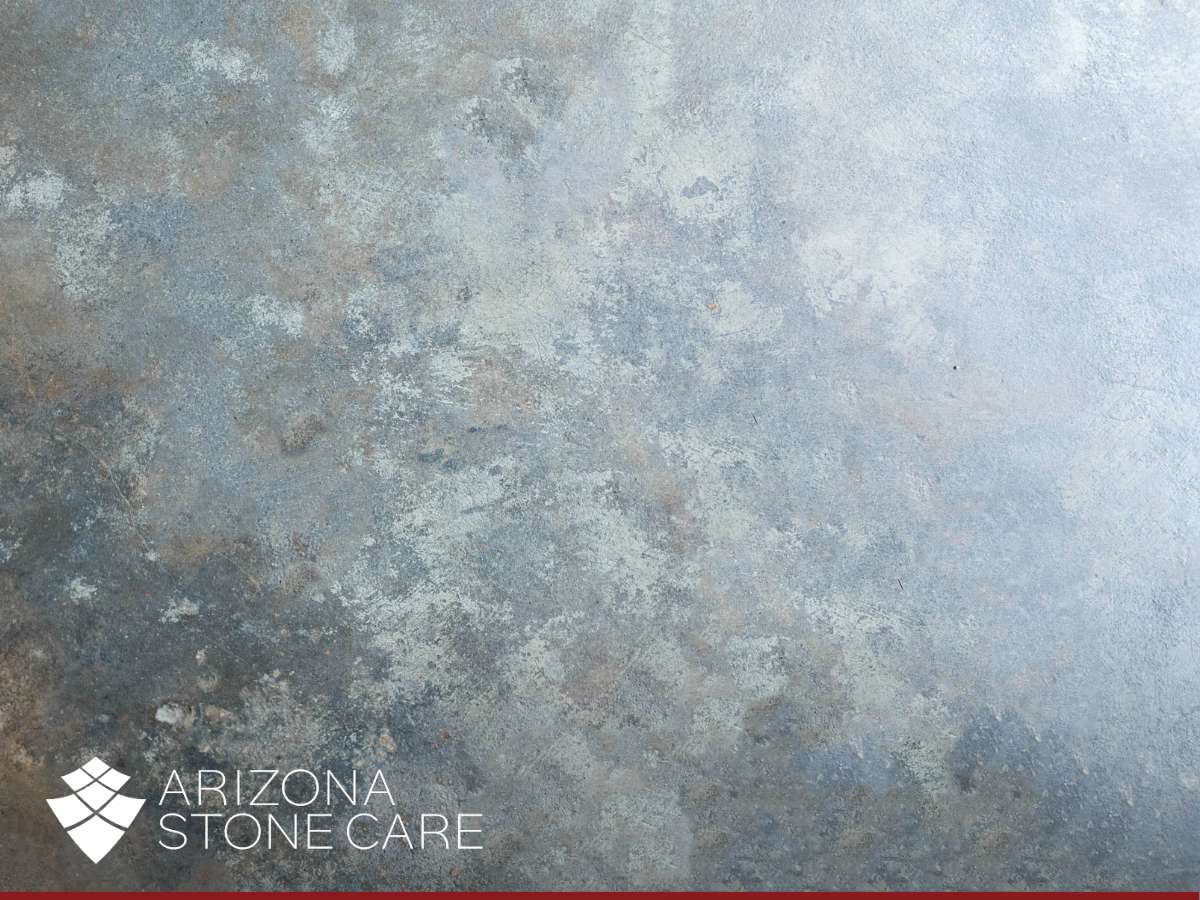
What Causes Efflorescence?
Efflorescence forms when water-soluble salts move to the surface of stone or grout as moisture evaporates. This can happen for several reasons:
- Excess Moisture: Water infiltrates porous materials and dissolves minerals, which then crystallize on the surface as the water evaporates. Common causes include rain, leaks, and improper drainage.
- Improper Installation: If stone or tile is installed without proper sealing, drainage, or waterproof membranes, moisture can accumulate underneath the surface, increasing the likelihood of efflorescence.
- Hard Water Use: Cleaning with mineral-rich hard water can cause buildup, increasing efflorescence formation. Natural stone cleaners can help remove excess mineral buildup and protect the surface.
- Substrate Contamination: The materials underneath the stone, such as concrete or mortar, may contain salts that migrate through the stone over time.
How Weather Conditions Affect Efflorescence Formation
Weather significantly influences efflorescence, especially on outdoor stone surfaces. Understanding these environmental factors can help in choosing the right preventive measures.
Rain & Humidity
Excess moisture from frequent rainfall or high humidity can penetrate porous stone surfaces, dissolving mineral salts that later emerge as efflorescence when the water evaporates. This occurs frequently in coastal and tropical climates.
Temperature Fluctuations
Sudden changes in temperature can cause stone surfaces to expand and contract, creating tiny cracks that allow moisture to seep in. This cycle increases the likelihood of efflorescence over time.
Snow & Ice Melt
In colder regions, de-icing salts and melting snow can introduce additional moisture and mineral deposits to stone surfaces, accelerating the formation of efflorescence. Proper sealing and drainage become even more critical in such conditions.
Wind & Sun Exposure
Strong winds can carry moisture and debris onto stone surfaces, while direct sunlight speeds up evaporation, leaving behind visible salt deposits. Regular maintenance and cleaning can help minimize these effects.
Possible Problems Caused by Efflorescence On Stone Surfaces
While efflorescence itself is not structurally damaging, it can lead to several issues that affect the appearance and longevity of stone surfaces:
- Aesthetic Deterioration: The white, chalky deposits create an uneven, unattractive look, particularly on darker stone surfaces.
- Surface Weakening: In some cases, repeated cycles of efflorescence can lead to minor surface degradation, especially on softer stones.
- Staining & Discoloration: If left untreated, efflorescence can cause permanent stains or discoloration, making it harder to restore the stone to its original condition.
- Increased Maintenance Needs: Persistent efflorescence requires frequent cleaning, which can be time-consuming and costly over time.
- Moisture-Related Issues: Efflorescence indicates that moisture is penetrating the stone. This could lead to deeper structural problems if the underlying water source is not addressed.
How To Remove Efflorescence From Stone Surfaces
Efflorescence can often be cleaned with the right approach, restoring the original appearance of your stone surfaces.
1. Professional Cleaning Solutions
For stubborn cases, professional natural stone cleaning services can provide deep cleaning without harming the material. Experts use specialized techniques that remove efflorescence while preserving the integrity of the stone.
2. Dry Brushing & Vacuuming
For minor cases, start by using a dry brush or soft cloth to remove surface deposits. A vacuum can help collect loosened particles without spreading them.
3. Washing With Water
Sometimes, rinsing the surface with clean water is enough. Use a low-pressure spray and a non-metallic brush to scrub gently. Be sure to dry the area thoroughly to prevent further salt deposits.
4. Using a pH-Neutral Cleaner
If water alone doesn’t work, consider applying a natural stone cleaner specifically designed for delicate surfaces. These cleaners dissolve salts without damaging the stone. Always test in an inconspicuous area before full application.
Preventing Efflorescence On Stone Surfaces
Prevention is key to maintaining beautiful, stain-free surfaces. Here’s how you can minimize the risk of efflorescence:
1. Routine Maintenance
Regular tile and grout cleaning helps remove early signs of efflorescence before they become more noticeable. Regular sweeping, mopping, and deep cleaning help maintain surfaces in top condition. Using stone cleaners designed for your specific material prevents damage while maintaining a polished look.
2. Proper Sealing
Applying a high-quality sealant creates a barrier that prevents moisture penetration. Sealing is especially important for porous stones like limestone and travertine tile. Choosing the right sealant based on the stone type ensures long-lasting protection. Regular resealing, as recommended by professionals, helps maintain the integrity of the surface.
3. Effective Drainage
Ensuring proper drainage around stone installations prevents water from accumulating underneath the surface. This is particularly crucial for outdoor patios, walkways, and pool decks. Sloping surfaces correctly and installing drainage systems can help direct water away. Checking for standing water after heavy rainfall can prevent long-term moisture exposure.
4. Controlled Humidity Levels
In indoor environments, maintaining balanced humidity levels reduces the chance of moisture-related efflorescence. Using dehumidifiers or proper ventilation can help. Placing moisture absorbers in areas prone to dampness can further reduce risks. Monitoring humidity levels with a hygrometer ensures a stable environment for stone surfaces.
When To Seek Professional Help
If efflorescence persists despite your efforts, professional restoration may be necessary. Experts in natural stone restoration can assess the condition of your stone, recommend the best treatment, and restore its original beauty. You should consider professional assistance in the following situations:
- Recurrent Efflorescence: If the white residue keeps coming back despite cleaning, this may indicate an underlying moisture issue that needs expert assessment.
- Deep-Set Staining: When efflorescence has penetrated the stone, standard cleaning methods may not be effective, requiring specialized treatments.
- Large Affected Areas: If efflorescence covers large areas, professional cleaning can save time and ensure thorough removal.
- Structural Damage: If you notice crumbling, cracking, or weakening of the stone, it’s essential to have a professional inspect and restore the surface.
- High-End Stone Surfaces: Luxury stone materials like marble tile and granite require specialized care to prevent damage during cleaning.
Keep Your Stone Surfaces Looking Their Best
Efflorescence can be frustrating, but with proper care and preventive measures, you can maintain the elegance of your stone surfaces. For expert assistance, trust Arizona Stone Care to provide professional natural stone cleaning services and restoration solutions.
Request a quote today to protect and enhance your natural stone surfaces!
Arizona Stone Care
Email: [email protected]
Website: www.arizonastonecare.com
Mesa Location
505 W 8th Ave #17
Mesa, AZ 85210
Office: 480-232-6264
Scottsdale Location
6908 E Thomas, Suite #202-1,
Scottsdale, AZ 85251
Office: 602-932-0011
Chandler Location
2101 N Evergreen, unit 1031
Chandler, AZ 85225
Office: 480-531-6796


